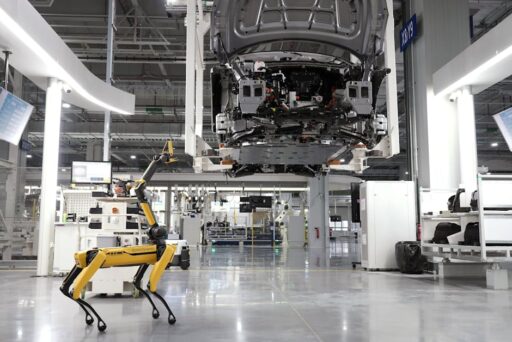Intel’s Strategic Shift: Streamlining Operations for Future Growth
Under the leadership of CEO Lip-Bu Tan, Intel is undergoing a significant transformation aimed at shedding inefficiencies and aligning its manufacturing capabilities with current market demands. In the company’s recent second-quarter earnings report, several strategic decisions were announced to optimize operations and enhance long-term growth potential.
Intel has decided to halt progress on several manufacturing projects, including an assembly and testing facility in Poland and a chip factory in Germany, both of which had been suspended since 2024. The company will also consolidate its test operations, centralizing activities in Vietnam and Malaysia.
Tan emphasized the need to grow capacity based on concrete volume commitments, stating, “Our factory footprint has become needlessly fragmented. Going forward, we will grow our capacity based solely on the volume commitments and deploy with tangible milestones, and not before.” This approach marks a shift from prior strategies, ensuring that investments are closely aligned with demand.
Additionally, Intel is delaying its $28 billion Ohio chip factory, originally set to open in 2025. This decision reflects Tan’s broader strategy to streamline Intel’s operations by selling off noncore units and reducing redundancies. The company’s workforce has been reduced by about 15%, with plans to end the year with 75,000 employees, a significant decrease from previous years.
These actions are part of a larger effort to build a clean and efficient organizational structure. By eliminating 50% of management layers, Intel aims to increase accountability and focus on core business areas.
Through these strategic shifts, Intel is positioning itself for sustainable growth in a rapidly evolving semiconductor industry, ensuring that it remains competitive and responsive to future market needs.





